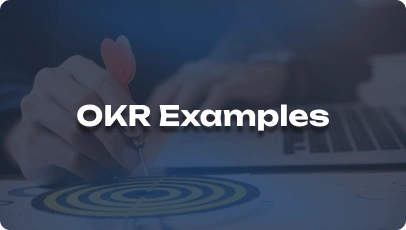Differentiate Between Job Description and Job Specification
Understanding the difference between job description and job specification is crucial in Human Resource Management (HRM). These tools serve different purposes but are both essential for successful HR operations. In this blog post, we will explore the differences, responsibilities, job briefs, and required skills for these vital HR components.
Job Description and Job Specification: An Overview
Job Description
A job description is a comprehensive document that outlines the roles, duties, and responsibilities of a particular position. It provides detailed information about what the job entails and the expectations from the role.
Job Specification
In contrast, a job specification is a detailed statement of the qualifications, skills, and experience required to perform a specific job. It focuses on the attributes needed to fulfill the job description effectively.
Key Differences Between Job Description and Job Specification
- Focus: Job descriptions focus on the role and responsibilities, while job specifications focus on the candidate’s qualifications and skills.
- Content: Job descriptions detail what the job entails, whereas job specifications outline the requirements needed to perform the job.
- Purpose: Job descriptions provide clarity on the job role and attract potential candidates. Job specifications help in evaluating and selecting the right candidate for the job.
Responsibilities in Job Descriptions and Job Specifications
Job Brief
The job brief provides a snapshot of the job role, including the key responsibilities and expectations. It serves as an introduction to the job description.
Responsibilities
Responsibilities outlined in job descriptions include specific tasks and duties the job holder is expected to perform. In job specifications, responsibilities include the qualifications and skills required to execute the tasks effectively.
- Develop and implement strategies to maximize product visibility and sales.
- Monitor inventory levels and coordinate replenishments.
- Analyze market trends and customer preferences to inform product selection.
- Maintain strong relationships with vendors and suppliers.
- Collaborate with marketing teams to plan promotional activities.
Download 300+ Ready to use HR templates with superworks
From hiring to retiring, manage whole business with 1 tool
Requirements and Skills
- Bachelor’s degree in Human Resources, Business Administration, or a related field.
- Proven experience in talent management or similar roles.
- Strong understanding of HR practices and employment laws.
- Excellent communication and interpersonal skills.
- Analytical mindset with strong problem-solving abilities.
Conclusion
Understanding the difference between job descriptions and job specifications is vital for effective HRM. While job descriptions provide a clear outline of job roles and responsibilities, job specifications focus on the qualifications and skills required. Both tools are essential for attracting the right candidates and ensuring successful talent management. By utilizing comprehensive job descriptions and specifications, organizations can optimize their recruitment and employee development processes, leading to a more efficient and productive workforce.






